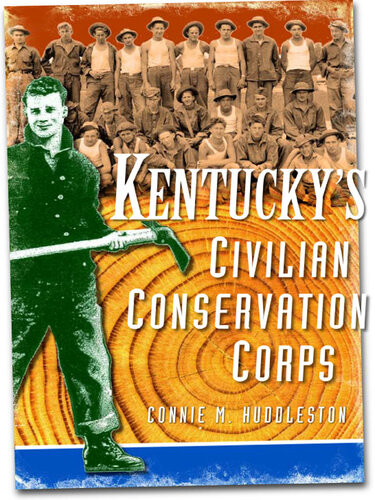

Most ebook files are in PDF format, so you can easily read them using various software such as Foxit Reader or directly on the Google Chrome browser.
Some ebook files are released by publishers in other formats such as .awz, .mobi, .epub, .fb2, etc. You may need to install specific software to read these formats on mobile/PC, such as Calibre.
Please read the tutorial at this link: https://ebookbell.com/faq
We offer FREE conversion to the popular formats you request; however, this may take some time. Therefore, right after payment, please email us, and we will try to provide the service as quickly as possible.
For some exceptional file formats or broken links (if any), please refrain from opening any disputes. Instead, email us first, and we will try to assist within a maximum of 6 hours.
EbookBell Team

4.7
76 reviewsBy the time Franklin D. Roosevelt took his first oath of office, the Great Depression had virtually gutted the nation's agricultural heartland. In Kentucky, nearly one out of every four men was unemployed and relegated to a life of poverty, and as quickly as the economy deflated, so too did morality. "The overwhelming majority of unemployed Americans, who are now walking the streets...would infinitely prefer to work," FDR stated in his 1933 appeal to Congress. So began the New Deal and, with it, a glimmer of hope and enrichment for a lost generation of young men. From 1933 up to the doorstep of World War II, the Civilian Conservation Corps employed some 2.5 million men across the country, with nearly 90,000 enrolled in Kentucky. Native Kentuckian and CCC scholar Connie Huddleston chronicles their story with this collection of unforgettable and astonishing photographs that take you to the front lines of the makeshift camps and through the treacherous landscape, adversity and toil. The handiwork of the Kentucky "forest army" stretches from Mammoth Cave to the Cumberlands, and their legacy is now preserved within these pages.